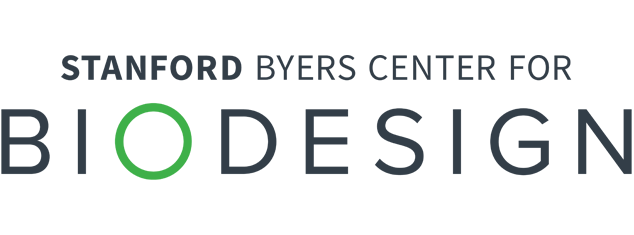Stories
Achieving Medtech Leadership in Asia through Innovation Education
 Participants at the second annual BME-IDEA APAC summit.
Participants at the second annual BME-IDEA APAC summit.
Asia Pacific is home to more than 60 percent of world’s population. Although the region is marked by diverse demographics, a variety of healthcare systems, and a broad distribution of health outcomes, it is united in its need for innovation in healthcare that addresses the unique needs of its communities.
To help achieve this goal, Singapore-Stanford Biodesign, Japan Biodesign, and Stanford Biodesign recently convened more than 50 individuals from across the Asia Pacific region for the second annual BME-IDEA (biomedical engineering, innovation, design and entrepreneurship alliance) APAC meeting, an opportunity to network and share best practices in medtech innovation education.
Participants included representatives from established and emerging medtech innovation training programs in Australia, China, India, Japan, Singapore, Taiwan, and the United States. Executives from multinationals in the medtech field also joined the event to discuss how the Asia Pacific region can build and sustain “Medtech Leadership through Innovation Education.”
“Fueled by economic development in the region, Asia Pacific has become one of today’s fastest growing markets for medical technologies,” said Lyn Denend, director of academic programs at Stanford Biodesign. “However, most currently available medical technologies weren’t developed with the unique needs and requirements of these countries in mind.” To address this gap, numerous innovation education programs, rooted in academia but with engagement from government and industry, have been launched to train aspiring innovators to create novel, affordable medical technologies designed specifically for countries—and patients—in the region.
 Alumni of health technology innovation programs in India, Singapore, Japan, and China shared their experiences at the event.
Alumni of health technology innovation programs in India, Singapore, Japan, and China shared their experiences at the event.
The day-long BME-IDEA event fostered an exchange of ideas and information across these training programs. As Anurag Mairal, director of global outreach programs for Stanford Biodesign, explained, “We need to learn from and support each other to better address the barriers that affect us all.” Such barriers include identifying and recruiting talent, fundraising, building local innovation ecosystems, and helping trainees translate their inventions into patient care.
Other highlights included a keynote address by Abel Ang, group chief executive officer of Accuron MedTech and a creativity workshop led by Mike Peng, co-managing director of IDEO Japan. The event also featured a panel discussion of representatives from the medtech industry, who shared their perspectives on the need for more aspiring innovators coming out of the region’s innovation education programs. “The Asia Pacific region represents the most important growth engine for the medtech industry, and innovation in the region has become an important component of the industry growth,” said Fredrik Nyberg, CEO of the Asia Pacific Medical Technology Association (APACMed). “Our member companies are keen to ensure that there is a strong pipeline of innovation talent that will help them develop solutions that meets the needs of not only the premium segment of the market but also the broader ‘value’ segment.”
This year’s BME-IDEA APAC conference was sponsored by APACMed and VentureWell, and generously hosted by Singapore-Stanford Biodesign. Reflecting on his experience at the event, Tatsunori Taniguchi, founder of the start-up Remohab. Inc. and an alumnus of the Japan Biodesign program noted, “This meeting strengthens your understanding of medtech innovation in Asia and also promotes an outstanding human network in this field.” Added Renu John, head of the Center for Healthcare Entrepreneurship at ITT Hyderabad, “Looking ahead, I can see us joining hands and working more closely together.”
